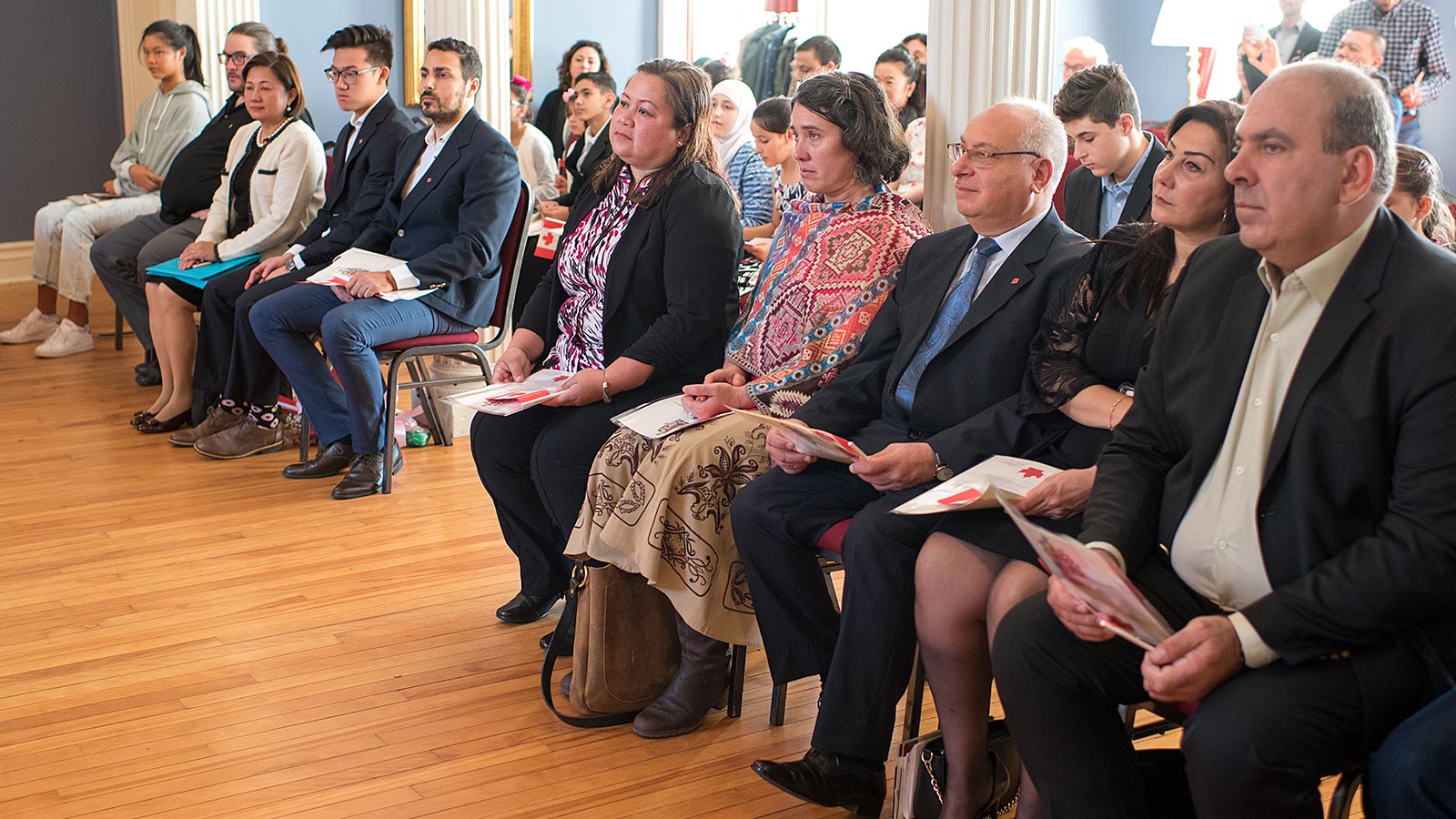
Changes to Canada’s Immigration Policy
At a cabinet retreat in January, Immigration Minister Marc Miller was interviewed on CTV News. When asked about reducing the number of permanent residents to Canada, Miller was clear about where the government stood:
“I would say quite clearly we are not looking at a reduction to the permanent levels of immigration.”
About nine months to the day of said interview, the federal government announced a 21 per cent cut to its levels of permanent immigration and reforms to Canadian student visas, including a reinstatement of a cap to limit the number of hours foreign students can work each week. Changes in policy are not only happening on a federal level, though. Ontario, for example, has proposed to ban international students from entering the province’s medical schools by 2026.
Changes in Attitude towards Immigration
Conservative Party Leader Pierre Poillevre refers to this upcoming election as the “carbon-tax election”, claiming it is the prime worry of Canadians. While that may very well be the case in some respect, the cost of living crisis remains the most prominent issue among voters. The cost of living issue is compounded by a perception that immigrants may, at the least, be partially to blame for driving up housing costs in markets that have suffered chronic shortages for decades. In combination with overcrowded public services like hospitals and transportation, and a fall in the general standard of living since 2014, many are starting to question whether the Canadian migration model is working as intended. Polling unambiguously shows that a majority of Canadians now believe current levels of immigration are too high. In other words, there is trouble brewing for the country that is known for its federal multiculturalism and is said to be among the most welcoming to migrants.
When looking at the issues that matter most to Canadians on any given polling site in recent years, one could see perennial contenders: housing, the cost of living, and healthcare. Immigration rarely topped the list. In the public sphere, it was not a contentious issue; while it is true that a portion of Canadians has been dissatisfied with the level of immigration over the last decade, their views never held any sway among the main parties. On the contrary, a bi-partisan support for migration was formed, professing immigration as a means to stimulate economic growth and maintain levels of population growth. However, within the last few years, attitudes towards immigration have shifted considerably in favour of restrictions.
What has changed in the past two years that lead to such a dramatic increase immigration restrictionist sentiments? In 2023, Canada’s population reached 40 million, and ninety-six per cent of that growth was the result of immigration. The country has welcomed more than 1 million people in the past two years. It is likely this unprecedentedly large number that ushered the aforementioned changes in attitudes among Canadian citizens.
Number of Immigrants in Canada from 2000 to 2023 – Statista
Canada is hardly unique when it comes to changes in attitudes towards immigration. Across the world, numerous developed economies have seen a rise in popular discontent tied to increases in levels of immigration. It follows that, all other things being equal, parties campaigning for reducing immigration are increasingly popular – this can be seen particularly among the right, where immigration policy is a key issue for voters. The Conservative Party of Canada has yet to substantially embrace the call for reductions in immigration in the long term. That being said, party leader Poilievre has stated that he supports tying immigration levels to housing which would reduce immigration and temporary resident levels, at least temporarily.
The new policy directions on immigration are downstream of the changing tides in Canada’s former pro-immigration consensus. Why has the government decided to reduce immigration during this past year? Amid recent losses in Liberal strongholds in Toronto and Montreal and the incoming election that will very likely be one where the Liberals lose many seats, changes in immigration policy may be an attempt to regain support among disaffected voters. Whatever the reason, the Liberals have finally given into pressure from the public, something the party has often been willing to let blow over when faced with other bouts to their popularity. One should recall a similar situation that occurred this past March. When the Prime Minister was questioned on the unpopularity of the Carbon Tax, he responded that “My job is not to be popular…my job is to do the right things for Canada now and do the right things for Canadians a generation from now.” What is right for this government has seemingly changed.
Edited by Isabelle Monette
The opinions expressed in this article are solely those of the author and they do not reflect the position of the McGill Journal of Political Science or the Political Science Students’ Association.
Featured image by Government of Prince Edward Island via Flickr